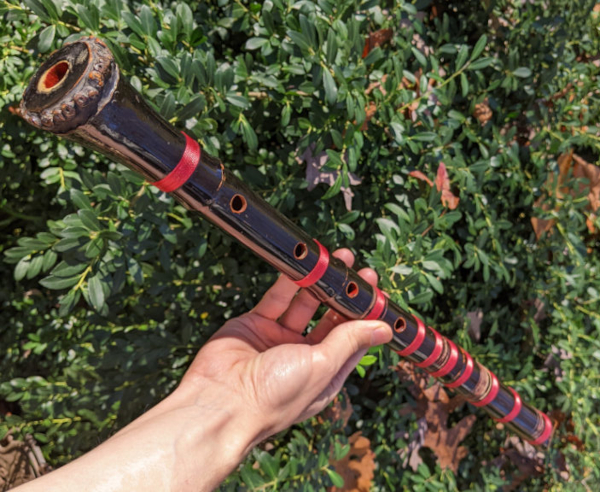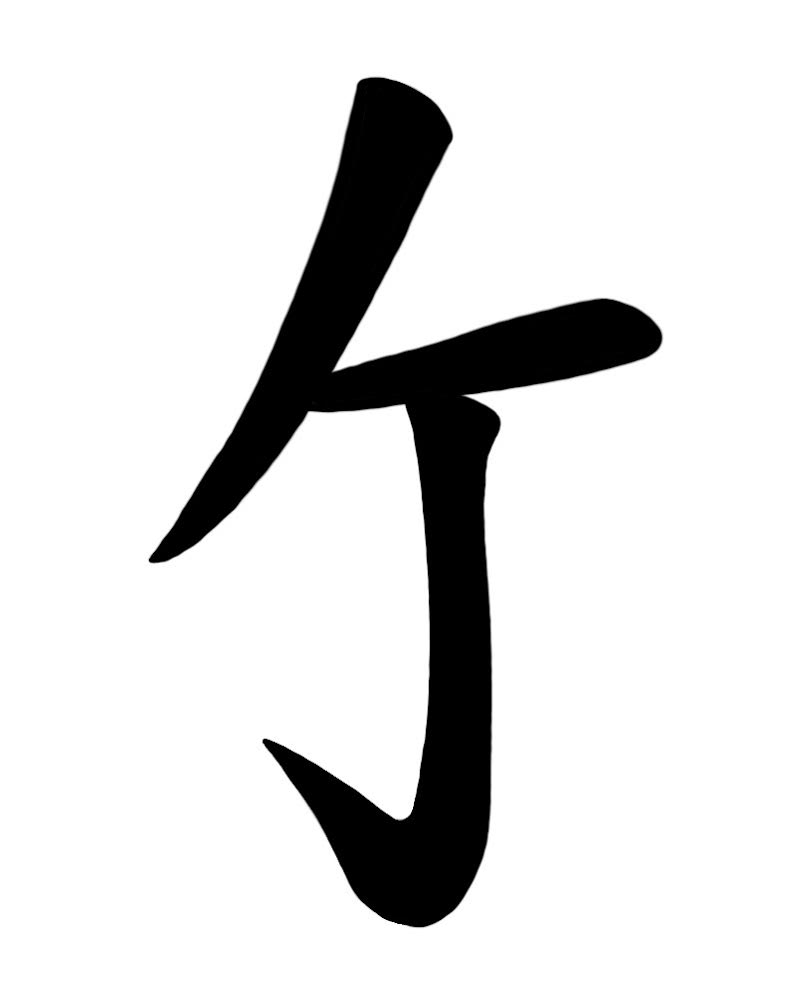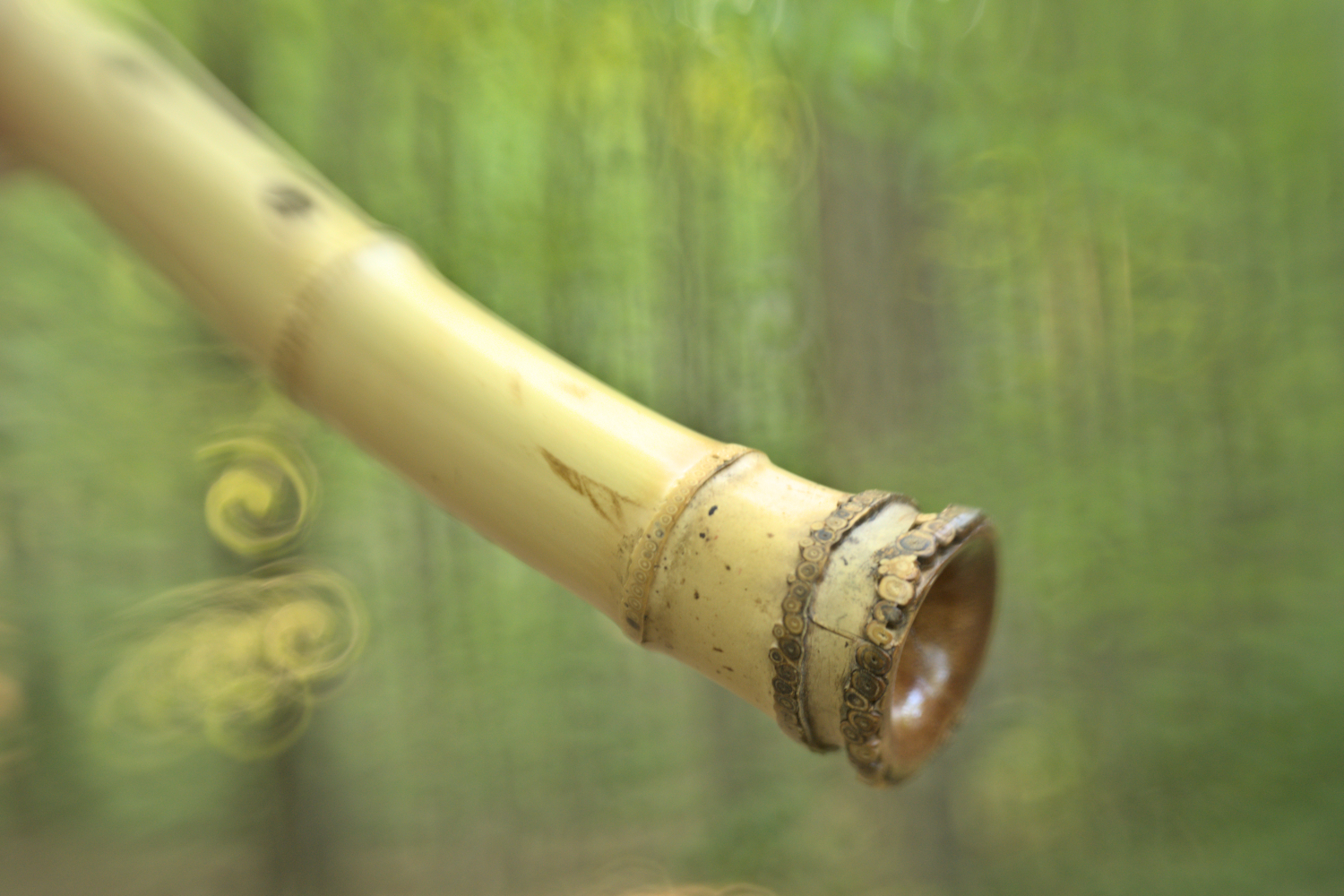Understanding Shakuhachi Pitch and Tuning: 440Hz, 432Hz, and What They Really Mean

Understanding shakuhachi pitch and tuning doesn’t have to be complicated. Much of the confusion arises from conflating a shakuhachi’s physical length with fixed musical keys or definite pitches, and a misunderstanding of what tuning standards like 440Hz and 432Hz actually represent. Let’s clarify these concepts.
Length and Pitch: More Than Meets the Eye
While a shakuhachi’s total length is a primary factor in determining its pitch or key, it’s not the only one. The instrument’s total inner volume, the style of the blowing edge (utaguchi), and even the size of the bottom opening can all significantly impact pitch. So, how did length become so synonymous with perfect keys tuned to A4=440Hz?
How Shakuhachi Lengths Became Standardized (and Why It’s Different for Natural Bamboo)
During the early 20th century, as Japan modernized, the shakuhachi underwent significant changes. Craftspeople aimed to achieve more consistent results than natural bamboo inherently provides, particularly by making center joints for cutting and adjusting length an increasingly common practice. While grafting for specific lengths existed in the Edo period, it was rarer and not primarily for achieving exact pitches.
This innovation allowed makers to precisely adjust the all-important lowest fundamental note, Ro, to which all other finger-hole notes are subsequently tuned. This, combined with the complete sculpting of the bore (known as Jiari or Jinuri), made length essentially synonymous with a specific key or pitch. However, with the older-style, one-piece natural bamboo Jinashi and Jimori flutes that I craft, such rigid conformity is simply not in bamboo’s nature, on average.
Understanding Pitch Standards: Arbitrary Measurements of Sound
Now, let’s clarify what a pitch standard is. Like measuring length, speed, or temperature, the units and names we use are arbitrary; they hold no inherent meaning and are entirely relative. Anyone who’s switched between Fahrenheit and Celsius understands this.
Hertz (Hz), the common abbreviation for Hertz, is also an arbitrary measurement, but of sound wave oscillations. As Wikipedia states: “One hertz (i.e. one per second) simply means ‘one periodic event occurs per second’ (where the event being counted may be a complete cycle); 100 Hz means ‘one hundred periodic events occur per second,’ and so on.”
In music, the “periodic event” is the oscillation of a sound wave. Hertz measures how rapidly these waves oscillate. We perceive this speed as higher or lower sounds. While our typical human range of hearing is biologically constrained, the specific numeric values assigned to pitches are human conventions. So, what does A= mean, and why “A”?
What 440Hz, 432Hz, and Other Frequencies Really Mean
The Roman alphabet naming of musical notes is a European concept, though most cultures worldwide have their own note naming systems. Middle A (A4 on a piano) was chosen as a common reference point for determining an exact frequency in Hertz. Historically, different cultures debated and adopted various frequencies for this “A”. Eventually, 440Hz became a widely accepted standard, partly influenced by the desire to accommodate vocal ranges within ensembles.
While 440Hz became the dominant standard, some orchestras and historical performance groups still use slightly different A4 frequencies (e.g., 432Hz, 435Hz, 442Hz, 444Hz) for specific musical styles or acoustic reasons.
What Tuning Really Means
To tune a musical instrument means to harmonize its various notes as much as possible. When instruments play together, they must also be in harmony. This requires agreeing on a reference frequency for a specific note (e.g., A4=440Hz). Even if an instrument doesn’t explicitly contain or produce A4, all its other notes are tuned proportionally from that decided standard. We could have chosen any other note, like middle C4, as the reference. Beyond relating to human hearing or average vocal ranges, much of this system is arbitrary or contextual.
The 432Hz New Age Theory
A pervasive New Age theory claims that the 432Hz sound wave is inherently superior. Let’s examine this in the context of natural bamboo shakuhachi.
Natural Frequencies of a 1.8 Shakuhachi (Key of D, Equal Temperament):
- Otsu (First Register, A4=440Hz):
- 297 Hz = Ro (D4)
- 349 Hz = Tsu (F4)
- 392 Hz = Re (G4)
- 440 Hz = Chi (A4)
- 523 Hz = Ri (C5)
- 587 Hz = I (D5)
- (Double these frequencies for the Kan, or second register.)
The Same Frequencies, Shifted to an A4=432Hz Reference:
- 288 Hz
- 343 Hz
- 385 Hz
- 432 Hz
- 514 Hz
- 577 Hz
Shakuhachi Lengths Where A4 is an Open-Hole Natural Note:
- 1.6 shaku: E4 (A4 = Re)
- 1.8 shaku: D4 (A4 = Chi)
- 2.1 shaku: B3 (A4 = Ri)
- 2.4 shaku: A3 (A4 = I)
The Reality of Playing Exact Pitches
The likelihood of you, I, or anyone playing a note, like A4, at exactly 432Hz (or 440Hz) is extremely low in real-time performance. In fact, shakuhachi players value the ability to subtly adjust pitch up or down to match their mood, the situation, and the acoustic environment.
In Summary: Embracing Nature’s Variety
Like the Japanese craftspeople of the Edo period, I craft one-piece Jinashi and Jimori shakuhachi. This means that nature, in the form of the bamboo itself, largely dictates the Hz/pitch for the root note, Ro. All subsequent finger-hole notes are then tuned to match this natural root – essentially, the instrument is “in tune with itself.”
Sometimes, this natural process might result in a shakuhachi where A4 equals 432Hz, or 438Hz, or 440Hz, or 444.365782Hz, and so on. In this way, nature, in its infinite variety, truly provides something for everyone; a unique “flavor” to please every palate.
For instance, my antique Edo period shakuhachi from the 1700s is perfectly in tune when A4 = 438Hz (pictured above). If we open our minds and embrace nature’s variety, there’s literally everything to gain. While someone might prefer 432Hz over 440Hz (often simply enjoying deeper sounds, in which case I recommend a deeper-pitched, longer shakuhachi), the main takeaway here is to embrace the rich variety that nature itself offers. After all, the world of sound thankfully extends far beyond just 432Hz.

